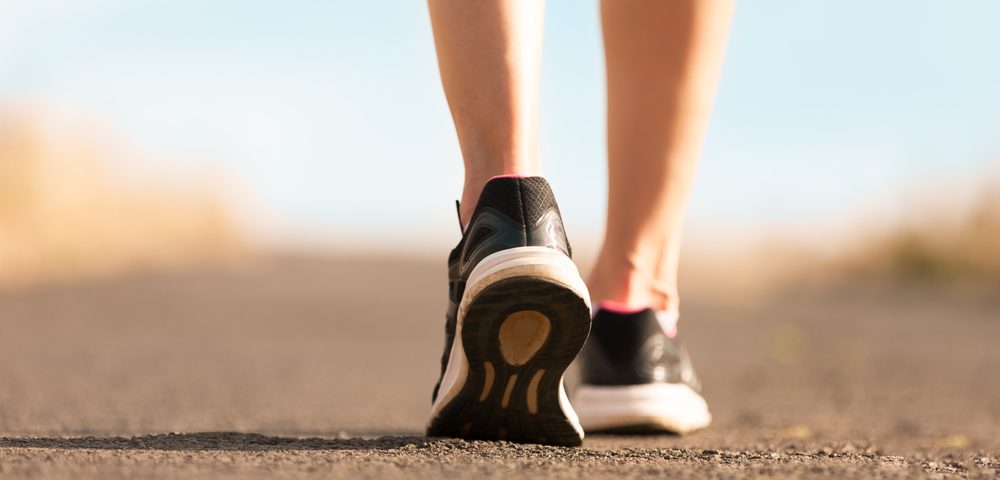Smartphone App Shows COVID-19 Lockdowns Led to Big Drop in Walking

A smartphone application designed to measure and monitor the walking mobility of people with Parkinson’s disease captured a 44% decrease in daily activities during the COVID-19 pandemic lockdowns, a study assessing the app reported.
The lack of movement was due to confinement, not worsening disability, the results confirmed.
These results were published in the journal Movement Disorders, in the form of an observation letter titled “Unsupervised walking activity assessment reveals COVID‐19 impact on Parkinson’s disease patients.”
For people with Parkinson’s, movement through walking or exercise is essential to maintaining mobility and balance — and to enabling independence, encouraging participation in social activities, and contributing to overall health.
Most walking in daily life is done in an unsupervised, non-clinical setting. Thus, finding methods to measure walking mobility in a patient-centered environment is essential in helping support long-term monitoring and therapeutic assessments over time.
One Portuguese company, Kinetikos, developed a smartphone application called PDtraKer to measure the unsupervised walking mobility of Parkinson’s patients. It works at all times and provides remote motor symptom assessments, a self-reported global health evaluation, and medication management capabilities.
Kinetikos had been testing the feasibility and usability of its app in an eight-month longitudinal (over time) study. However, confinement due to the outbreak of the COVID-19 pandemic has led to the disruption of daily activities — including unsupervised walking — among study participants, according to data captured by the app.
This provided Kinetikos, along with collaborators at research facilities in Portugal and the U.S., with an opportunity to report on the data collected from the study so far. That data captured the difference between pre-pandemic movement and that occurring during the lockdowns.
The study included 16 people with Parkinson’s — 13 men and three women, with a mean age of 61.1 years — who had a mean Hoehn and Yahr stage of 2.0. That stage includes tremor, rigidity, and movements affecting both sides of the body.
The participants had a score of 51.3 points on the mean Movement Disorders Society-Unified Parkinson’s Disease Rating Scale (MDS-UPDRS), in which higher scores indicate increased severity, with a range from zero to 199. The MDS-UPDRS is used to rate the severity of Parkinson’s symptoms by evaluating non-motor and motor experiences of daily living and motor complications.
All patients registered data when they took their medication.
The analysis revealed a marked decrease in mobility following COVID-19 confinement, with most patients reporting less than the recommended 30 minutes of activity per day. In all participants, the mean daily activity was 18.81 minutes, a relative reduction of 44%.
In contrast, three people who moved away from urban areas reported an increase in walking activity by 99%, reaching a mean of 27.68 minutes per day.
In comparison with the beginning of the study, the MDS-UPDRS part I score, reflecting behavior and mood, changed by 0.9, while the part II score, which records self-evaluated activities of daily life, changed by -1.5. The part III scores on the MDS-UPDRS, a clinician-scored motor evaluation, changed by -2.3. These scores suggested that there was no significant disability worsening among patients.
Likewise, adherence to therapies was not affected by the pandemic, nor were any participants diagnosed with COVID-19 during the study period.
“These results support the conclusion that the impact on the activity of [people with Parkinson’s disease] was mainly due to the confinement and not to aggravation in [Parkinson’s disease] disability,” the team wrote.
“A multi-centric study would clarify the heterogeneity across countries,” they added.






